This museum offers a fascinating look at Norway's oil industry, combining history, hands-on exhibits, and important discussions on climate change. Surprisingly family-friendly, it’s ideal for those curious about the country's offshore energy legacy.
When you think of family-friendly attractions, petroleum may not immediately spring to mind. However, in Stavanger, Norway’s bustling oil and gas capital, the Norwegian Petroleum Museum manages to offer a surprisingly engaging experience for all ages.
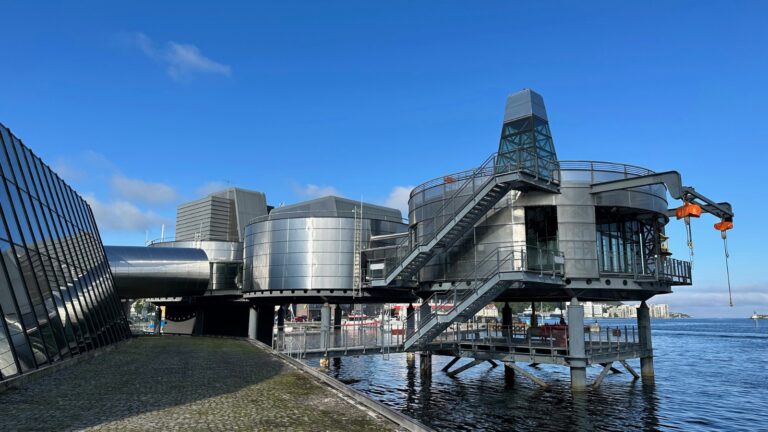
Located on the southwest coast, this museum presents an insightful look into one of Norway’s most vital industries while also ensuring there’s plenty of fun for children along the way.
Whether you're visiting Stavanger for a few days or just passing through, the Norwegian Petroleum Museum is undoubtedly one of the top things to do in Stavanger.
Unveiling Norway's Oil Story
The museum's main exhibitions cover the story of oil in Norway, from its discovery and the ensuing technological developments to the massive economic impact and the formation of the sovereign wealth fund that now benefits the entire nation.
Offshore working life is also vividly depicted, bringing visitors into the world of those who have worked—and continue to work—on oil platforms in the often harsh conditions of the North Sea.
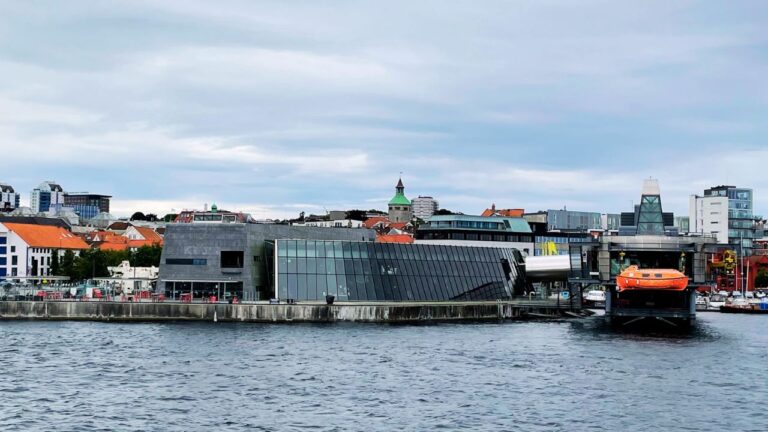
Yet, the museum doesn’t simply present a corporate or industrial viewpoint. It also touches on personal stories, celebrating the people whose lives have been shaped by the petroleum industry.
Visitors can watch a short film that highlights individual accounts of workers, from the initial thrill of discovery to the challenges and risks they’ve faced over the decades.
Family Fun: Hands-On Exhibits for All Ages
You might not expect much to entertain the kids in an oil museum, but the Norwegian Petroleum Museum makes sure that young visitors are engaged from start to finish.
The exhibits are full of hands-on, interactive models and displays that children will love. Older kids (and adventurous adults!) can test their courage by sliding down a real-life rescue chute or exploring a life raft used in offshore emergency drills.
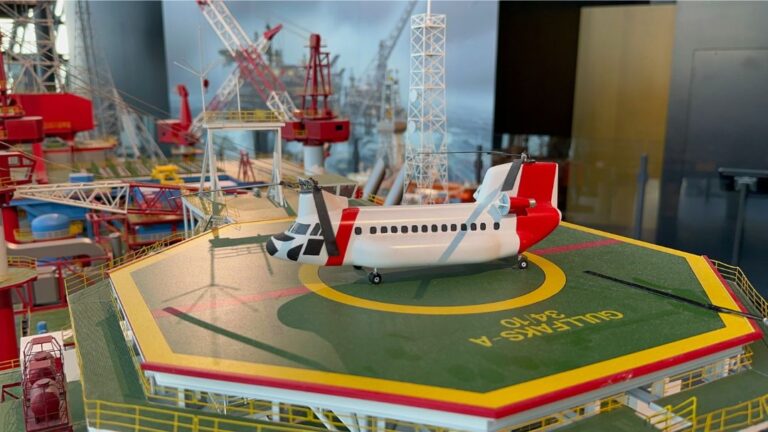
For younger children, there’s a specially designed playground that replicates a mini oil platform, perfect for climbing, exploring, and fuelling imaginations.
The play continues just outside the museum at the adjacent Geopark, an urban playground constructed from repurposed oil industry materials.
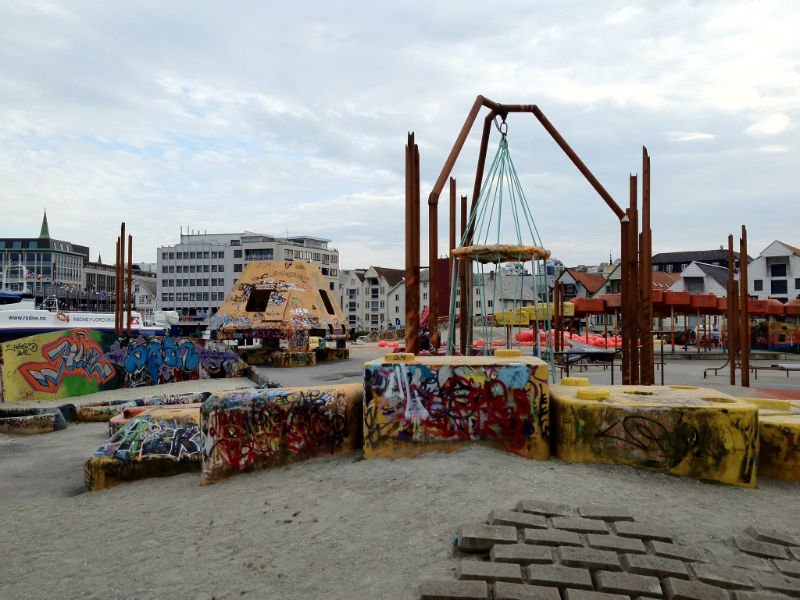
Designed to mimic the Troll oil reservoir, the Geopark offers a fun and creative space where kids can run wild while learning a little more about Norway’s oil adventure.
The Discovery that Transformed Norway
The story of Norway’s oil industry began with dashed hopes and little expectation. Before the 1960s, few believed that the Norwegian continental shelf would yield anything significant.
That changed in 1959, when natural gas was discovered in the Groningen field in the Netherlands, sparking a wave of exploration in the North Sea.
Stavanger’s fortunes changed forever in 1969 when oil was discovered at Ekofisk, one of the most productive oil fields on the shelf. This discovery transformed not just Stavanger but the entire Norwegian economy, laying the foundation for the country’s immense sovereign wealth fund, often referred to as the ‘Oil Fund.'
The museum carefully chronicles this monumental change, combining historical accounts with fascinating displays of the equipment and tools used in the early days of Norway’s oil exploration.
A Focus on Safety and Tragedy
The museum doesn’t shy away from addressing the tragedies that have marked the industry. One of the most poignant exhibits is dedicated to the Alexander L. Kielland disaster of 1980, Norway’s worst-ever industrial accident.

Used as a floating accommodation platform in the Ekofisk oil field, the semi-submersible drilling rig capsized in the North Sea during a March storm. One of the platform’s five supporting legs snapped due to a structural failure, causing the entire structure to tilt and eventually overturn.
The disaster claimed the lives of 123 workers, many of whom were trapped inside as the platform sank beneath the waves. Of the 212 men on board, only 89 survived.
The sheer scale of the loss sent shockwaves through Norway, a country that had until then largely celebrated the success of its burgeoning oil industry.
The exhibit takes a frank look at the tragedy, and includes a rescue capsule that visitors can step inside, offering a sobering glimpse at the harsh realities of offshore life.
Tackling Climate Change and Energy Transition
In today’s world, no discussion about oil and gas is complete without addressing climate change. The Norwegian Petroleum Museum is no exception.
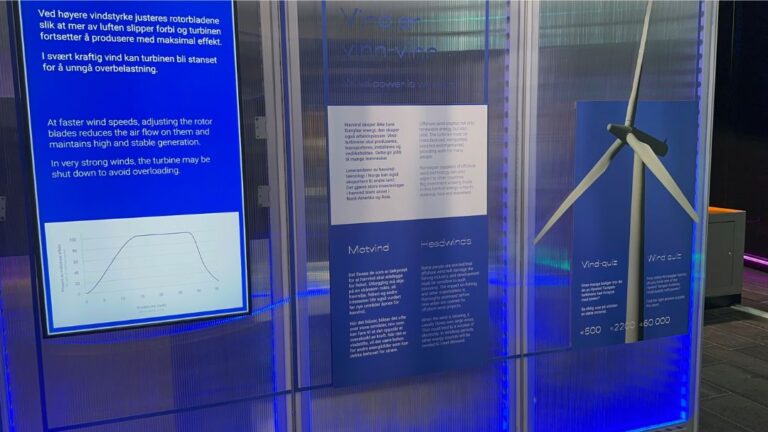
The museum explores both the environmental impact of the oil and gas industry and the technological innovations that are being developed to mitigate these effects.
One section of the museum is dedicated to exploring renewable energy solutions, such as offshore wind, while another tackles the complex issue of the energy transition.
Visitors can learn about the steps being taken to shift from fossil fuels to greener, more sustainable energy sources, offering a glimpse into how Norway is positioning itself for a more sustainable future.
Explore Stavanger’s Colourful Neighbourhood
After your museum visit, why not take a short stroll to one of Stavanger’s most iconic streets?
Just a few steps away, the vibrant Øvre Holmegate, often called ‘The Colourful Street', bursts with brightly painted buildings that make for the perfect backdrop for photos.
Its cafes and quirky shops also offer a delightful stop for refreshments, making it an ideal place to wind down after the museum.
Keep an eye out for the city's renowned street art, too. From massive murals to tiny details at ground level, Stavanger's street art scene is a fascinating one.
Have you been to the Norwegian Petroleum Museum in Stavanger? I'd love to hear your thoughts and experiences down in the comments.


